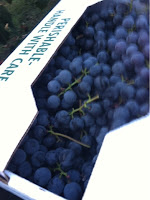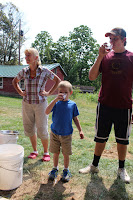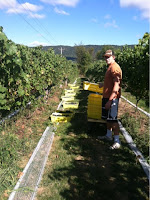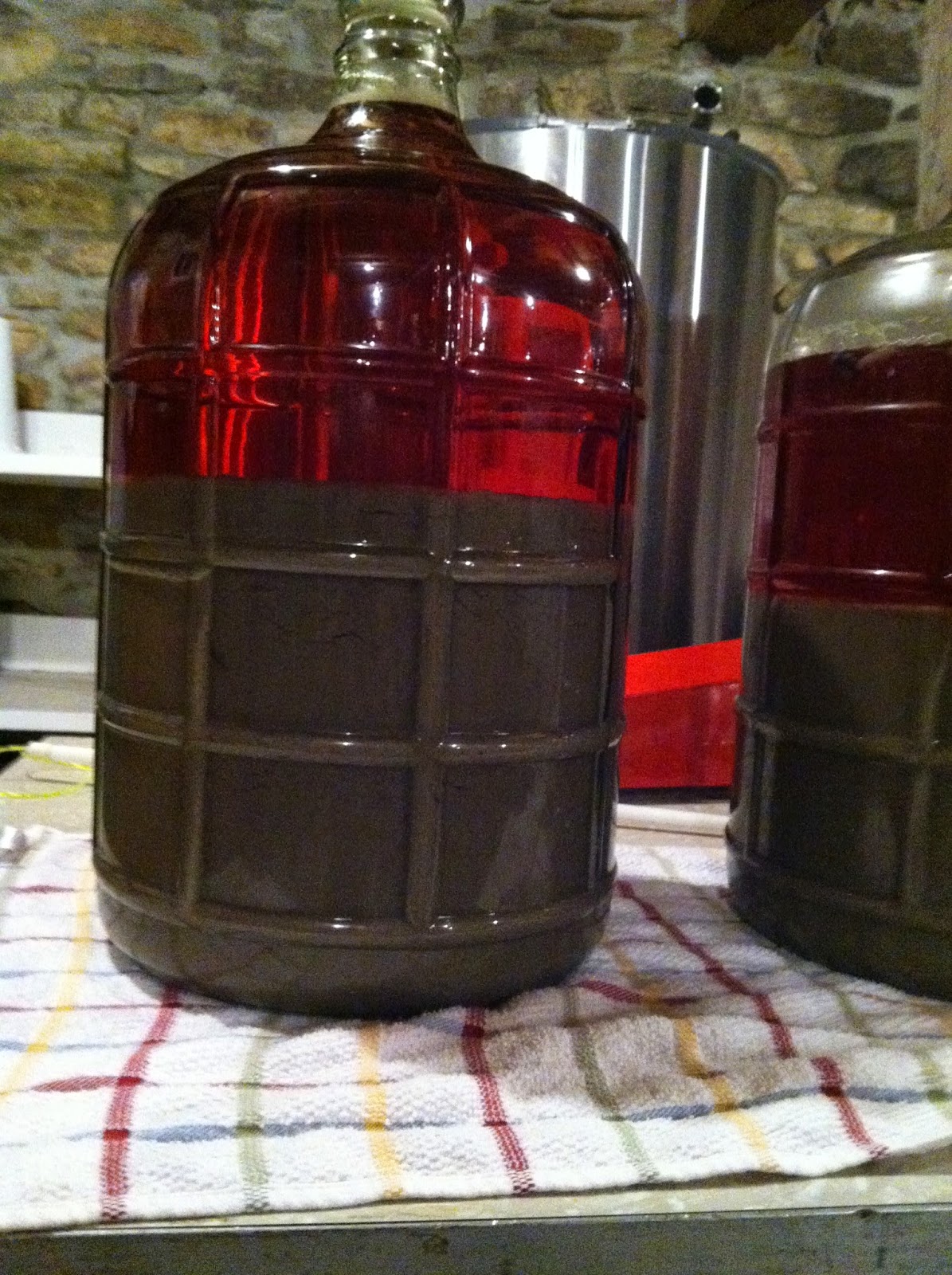Terroir is a French word, which means land – but in the context of wine, terroir refers to much more than the actual land, it encompasses all the aspects that influence grapevine development and fruit ripening potential, from the nutrients in the soil, drainage, the climate, elevation, predominant wind directions, humidity – even other plants grown nearby. Terroir’s definition may also include decisions made by people, such as traditional row and vine spacing, and pruning techniques.
All of this will greatly influence the characteristics of the end product – the wine – from the flavor profile to alcohol levels (which in turn depend on the level of brix at harvest).
Terroir is an important consideration when studying wine, as each region’s terroir – even as small as microclimates within the same vineyard – will affect how the wine ultimately tastes. Wines from the same grape variety will therefore taste very differently, based on the terroir of the vineyard from where the grapes came.
Some very basic examples would include a grape variety grown in a warm climate vs a cooler climate, as the flavor profile will be very different. For example a Pinot Gris from a cool climate may have flavors of pear or apple, while a Pinot Gris from a warmer climate (where the grapes had a longer ripening season) would have flavors of peach or melon. Terroir is also the basis for the French appellation d’origine contrôléede (AOC) system.


















